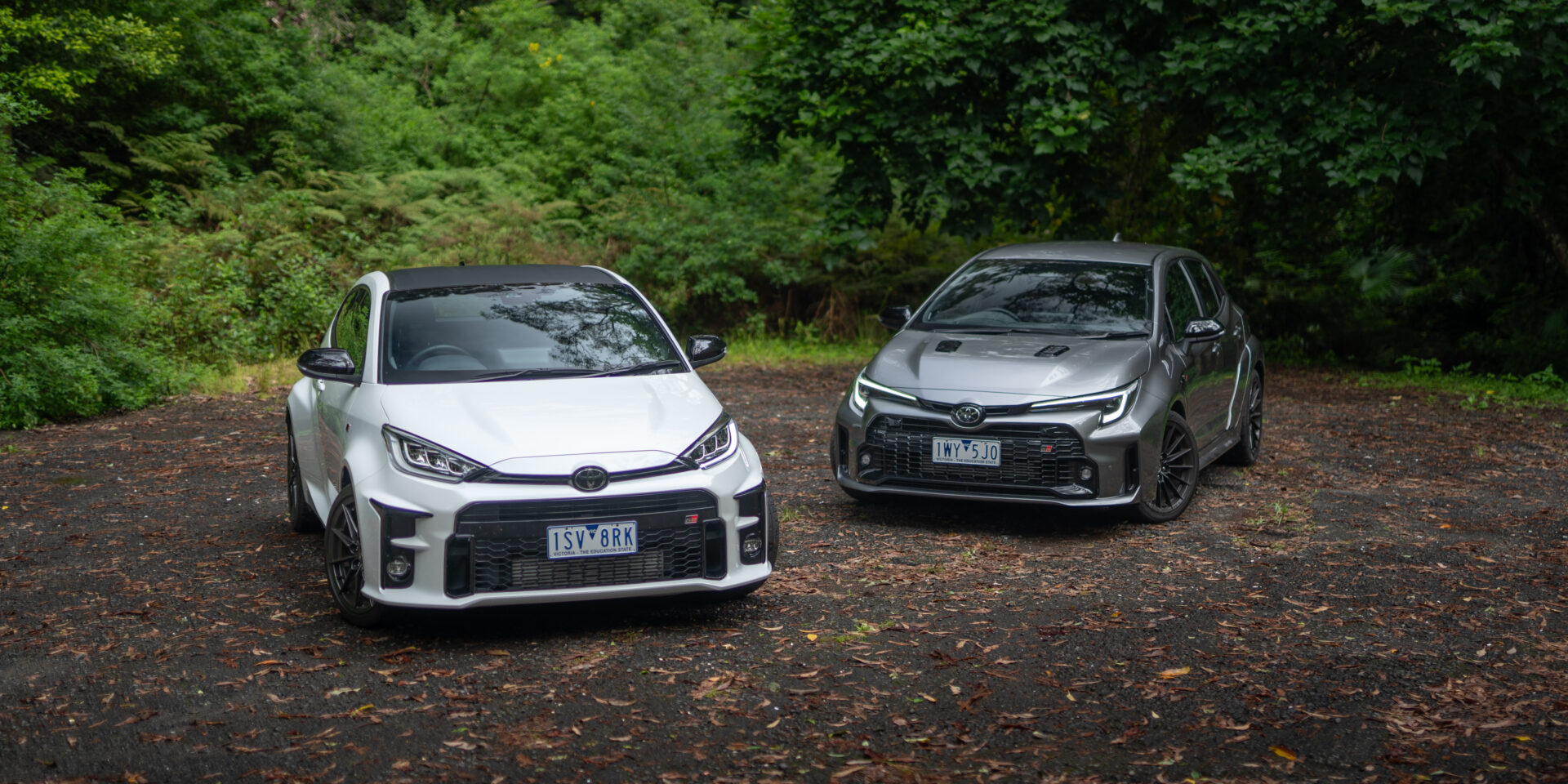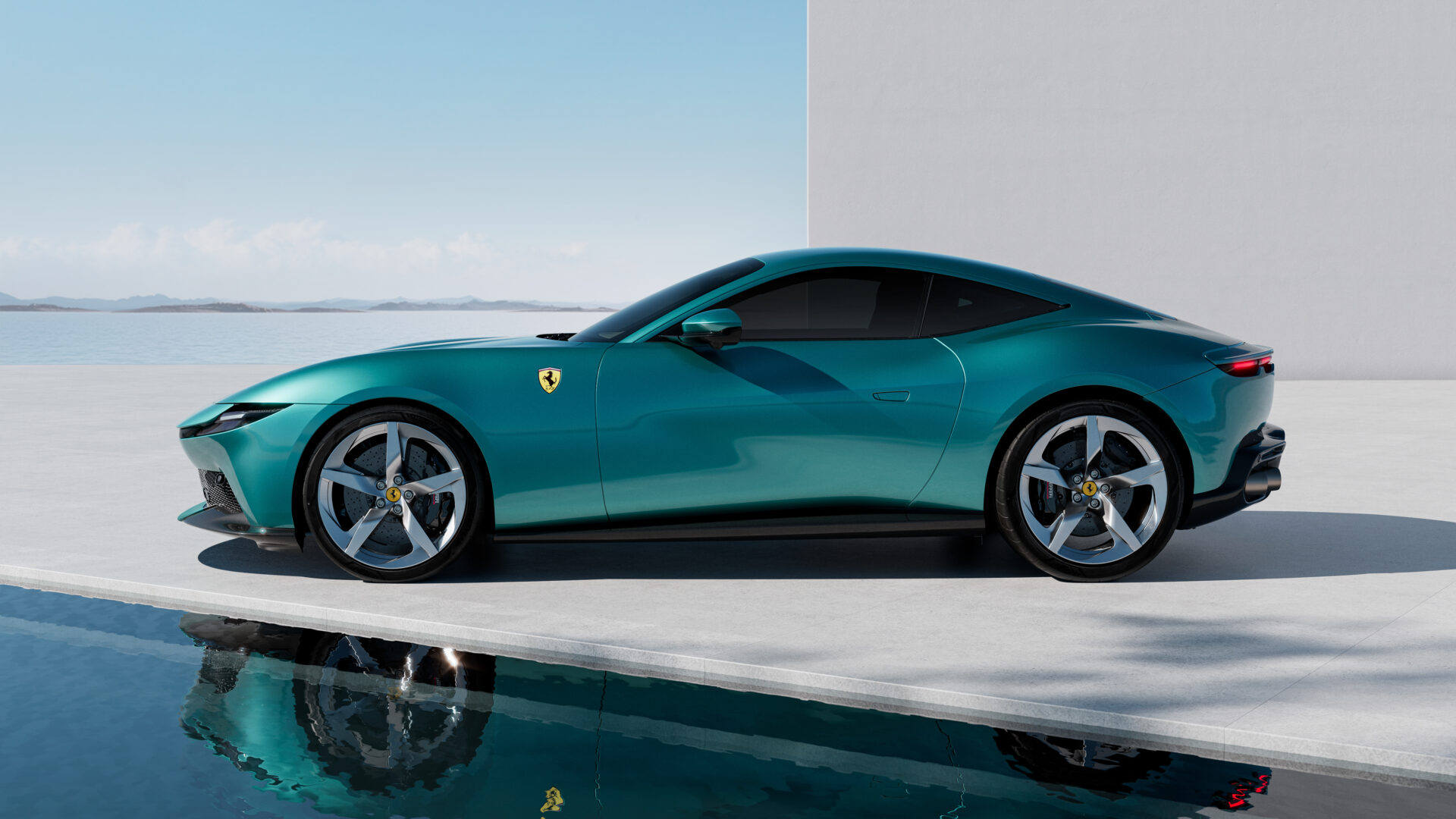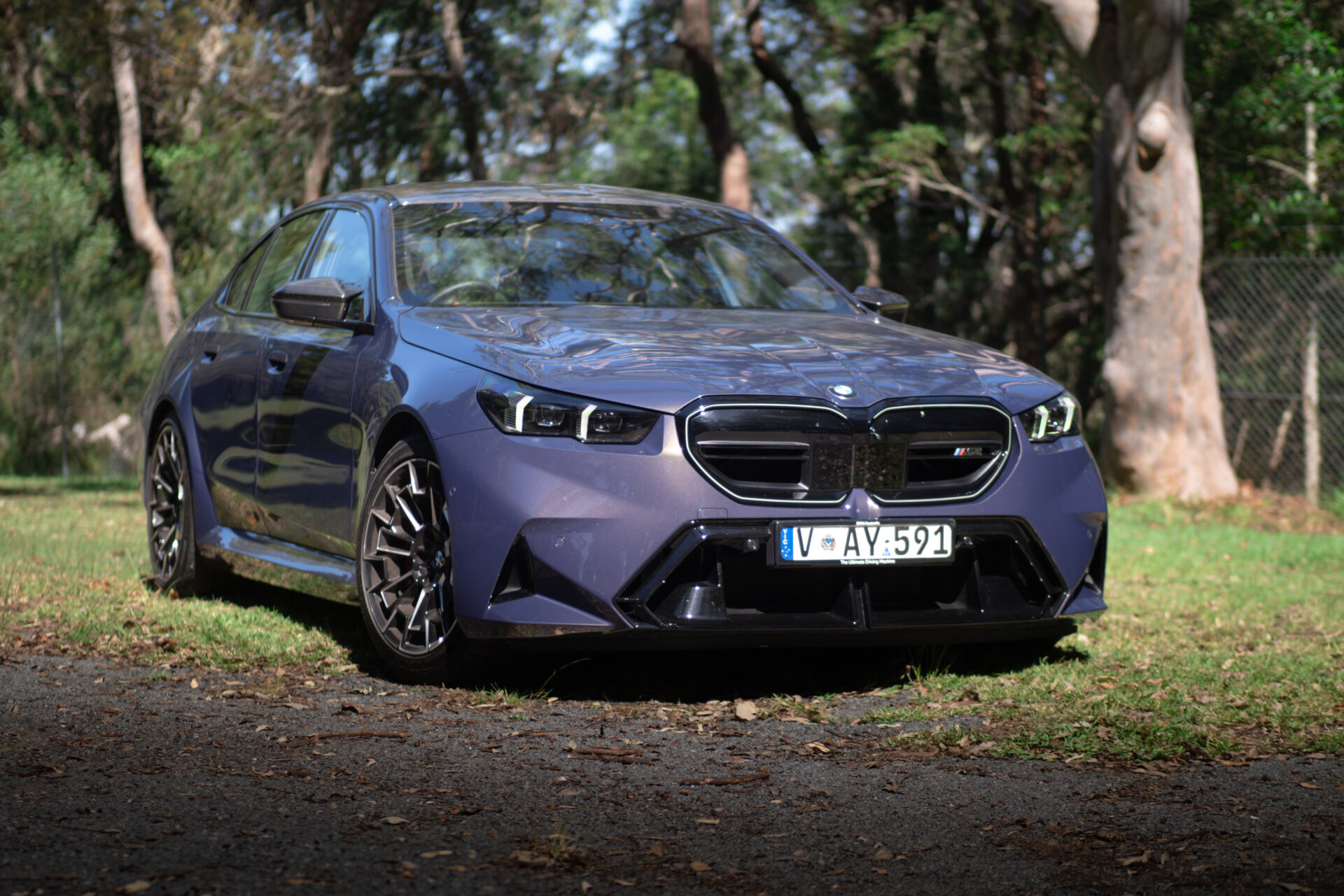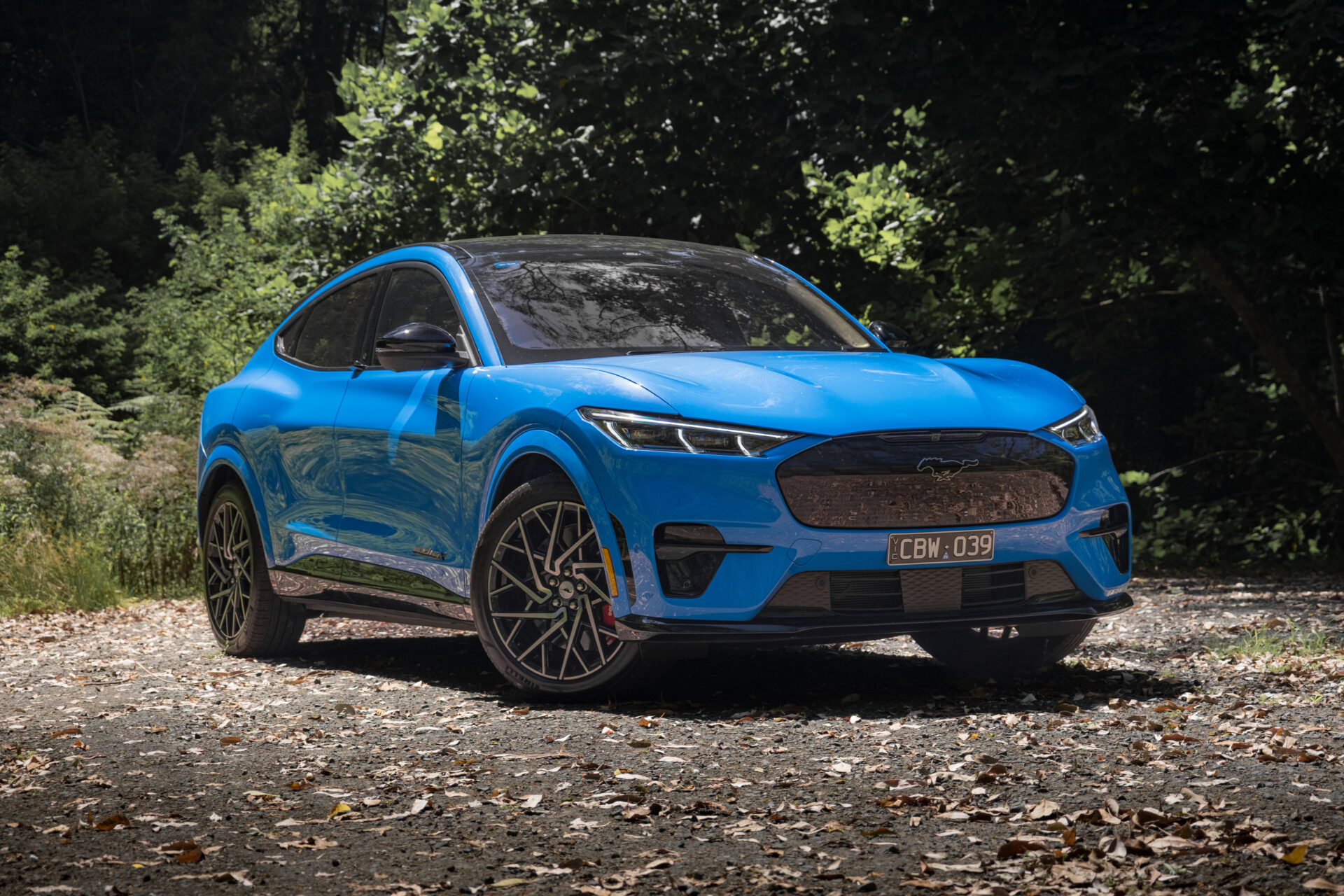The 2020 Toyota RAV4 is one of those rarest of beasts – a Toyota SUV that I not only like, but will actually recommend.
Toyota’s new-from-the-ground-up RAV4 surprised me when I first drove it six months ago. The fourth-generation RAV was an absolute duffer. Not actually a bad car – Toyota doesn’t do genuinely bad cars – but it had terrible steering, an awful transmission and was right at the back of the pack when it came to tech and safety.
Still sold like mad. Which is mildly infuriating because while I appreciate Toyota’s reliability and longevity, it can and should offer more. The fifth-generation Toyota RAV4 rides on the all-new TNGA platform which has delivered results in every car it’s in.
How much is a Toyota RAV4 GXL and what do I get?

Toyota RAV4 Pricing:
GX: $30,990 – $37,140 (hybrid AWD)
GXL: $35,640 (FWD auto) – $41,140 (hybrid AWD)
Cruiser: $39,490 (2WD) – $44,640 (hybrid AWD)
Edge: $47,390 (auto AWD)
As you can see, the GXL starts at $35,640 for the front-wheel drive petrol auto. You can’t have a manual gearbox unless you stick with the entry-level GX petrol.
Like the GX below and Cruiser above, you can have the GXL in standard petrol and hybrid versions as well as a choice of front-wheel drive or all-wheel drive (hybrid only). All up, you have a choice of 16 Toyota RAV4 versions. Curiously, there isn’t a hybrid version of the top-of-the-range Edge.
The GXL auto 2WD comes with 18-inch alloys, a six-speaker stereo with DAB+, dual-zone climate control, reversing camera, keyless entry and start, front and rear parking sensors, active cruise control, fog lamps, sat nav, wireless phone charging, auto LED headlights with auto high beam, auto wipers and a space-saver spare.

Toyota’s entertainment system comes up on a big, 8.0-inch central touchscreen which is sadly framed by very cheap buttons. The basic Toyota software is as awful as ever but conservative Toyota has finally added Apple CarPlay and Android Auto to the RAV. Any fifth-generation RAV4 made before November 1 can be retro-fitted – free of charge – with the smartphone software. Awesome.
You have no choice of free colour – only Glacier White. The rest are $600 and take in Eclipse Black, Eclectic Blue, Satin Blue, Graphite (gunmetal grey), Atomic Rush (picture, deep maroon), Silver Sky and Crystal Pearl. The cost is a touch over the odds but given you’re already paying good money for a RAV4, it’s a bit cheeky.
Safety: 5 Stars (ANCAP, May 2019)
The RAV4 has a stack of safety features as standard on the GXL. Known as Safety Sense, you get lane departure warning, lane keep assist, forward AEB with pedestrian and daytime cyclist detection, road sign recognition, auto high beam and active cruise control.
You also get seven airbags, ABS, stability and traction controls, trailer sway control, blind-spot monitor and reverse cross-traffic alert.
For baby seat fitting, there are two ISOFIX points and three top-tether anchors.
Warranty and Servicing
Warranty: 5 years/unlimited km
Toyota’s warranty went from three to five years in early 2019, a very welcome change indeed. While buying a Toyota was hardly a risk, it was a bit of a no-brainer from a brand with such a stellar reputation.
If you keep the car serviced, Toyota will cover the engine and transmission for up to seven years/unlimited kilometres. That’s a good deal.
You also get seven years of roadside assist. It’s a belter of a package.
Servicing: 12 months/15,000km, capped-price servicing
Toyota wants to see you once a year or every 15,000km. The first four services cost just $210 each. That’s not me trying to sell you a car, that’s a dead-set bargain. If you’ve got 90 minutes, Toyota reckons they can get the whole thing done and dusted in that time while you hang out in the lounge. You can book in a service using the myToyota app.
Look and Feel

Now, I’m not going to pretend that I am in love with the RAV4’s styling. Compared to, say, the C-HR, it’s a bit sooky but I don’t mind it. I like the slimmer headlights compared to the fourth-gen but I’m not at all sure about the rear. It’s a big angular for my liking and I think this colour – Atomic Rush – doesn’t really help. Also, in the flesh, the wheels look weird because the finish is odd – it looks like a painted hubcap.
The front end is probably the best view, with the funny double-decker grille. The RAV4 is never going to be a style-leader, it’s all about not offending anyone. I am, however, mildly offended by that little strip of black that comes out of the rear quarter window, seemingly attaching to the rear spoiler. I just reckon it looks like it was put in the wrong spot.

What is the interior space like?
While I’m not a big fan of the exterior, I’m properly on board (sorry) with the interior. While it’s not stunning to look at, it’s impeccably executed. The cloth trim on the GXL is absolutely fine and I love the consistent star-shaped embossing in the cloth inserts and rubber linings. Toyota has moved on from those massive switches that used to be in everything and it now looks thoroughly modern.
In the GXL you have a lovely big wireless charging pad under the climate controls as well as a little tray that would take the key if you didn’t have a key ring. The bin under the armrest is a good size and would take a one-litre carton of milk (don’t, it’s not cooled). Also in there are two USB ports. In front of the bin and behind the shifter you’ll find two generous cupholders. And there’s a Kluger-style shelf in the dash in front of the passenger. Clever.

Out back you have two more cupholders, air-con vents (unusual in this class), two more USB ports and a centre armrest. The rear legroom is excellent, as is headroom, but not a match for the king of rear space, the Volkswagen Tiguan.
The boot is huge, with between 542 litres and 580 depending on where you have the two-level floor set. Either way, it’s big and covered by a cargo blind. Toyota never tells us how big the cargo space is with all the seats down, so at best guess, I’d say somewhere between 1100 and 1500 litres. I told you it was a guess.
You get a space-saver spare, but you can go full-size alloy for $300 but you lose the dual-position floor (and 38 litres).
Drivetrain
2.0-litre naturally-aspirated four-cylinder petrol
The engine and transmission are perhaps the most uninspiring part of a RAV4 petrol.
You get a 2.0-litre naturally-aspirated M20A-FKS (Toyota people love an engine code) with 127kW and just 203Nm of torque. The power figure is okay, the torque barely matches most cars from a class down.
A continuously variable transmission (CVT) transfers the power from the engine to the front wheels. The lack of torque does play into the CVT’s hands, though, as they’re quite good when the twist is at a premium.
For a few more grand, you can have the hybrid version which is more powerful, has more torque and uses a lot less fuel.
Fuel figures
Fuel figures: 6.5L/100km (claimed, ADR)
Real world: 9.2L/100km
Don’t panic too much about the gap between the official figure and the real world. For the week I had the car, it spent most of its time bashing around the suburbs as we were hemmed in by fires. It’s not bad but it’s not amazing either.
Driving

You don’t buy a RAV4 expecting fireworks and in that respect, it delivers. It is, however, vastly better than the car it replaced. I really didn’t like the fourth-generation RAV4 – slow, terrible ride and handling (compared to its competition), awful steering and a recalcitrant CVT. Yuk.
All change, please. The steering is good – it has a bit of feel, it’s not too light and you know that when you turn it, the front will go with you. The engine is totally uninvolving and moves you from A to B. The CVT – a type of transmission I generally despise – mostly pretends it’s a ten-speed automatic so isn’t a droning horror. In fact, you get along alright despite the torque deficiency, so it turns out it’s nothing to worry about. It would be a bit of a slug with four on board, though.
Where I was impressed – and I’m sure you will be too – was the ride. This thing can take whatever you throw at it. On my way to the gym, there is a road with a particularly irritating speed bump. I’ve taken easily a hundred different cars over that speed bump. The RAV4 just glides over it. I’ve had big German SUVs with air suspension that made much heavier weather of that monstrosity. That means the RAV4 is a very comfortable car for everyone.
The brakes feel good, it’s quiet both around town and in the cruise and it won’t ever throw any surprises at you.
Competition
It’s a war-zone in the mid-size SUV market. Let’s weed out a couple first. The Hyundai Tucson/Kia Sportage twins-under-the-skin are cheaper and both look better. They’re also pretty old and the Tucson is about to get a whole new model. The Sportage won’t be far behind. If you don’t mind that, they’ve got stacks of gear and at this price point, the Tucson has a turbo 1.6-litre.
The Mazda CX-5 is a terrific car and again, at this price point, you’re getting into the 2.5-litre Maxx Sport AWD spec. That’s an excellent package. Great to drive, lovely interior (although not as good as the new Mazda3) and a decent after-sales package, too. The boot is small, though and the back seat isn’t as comfortable for taller people. Looks terrific, though.
Honda’s CR-V is approaching mid-life in this generation and holds the distinction of being available with seven seats. And, sadly, a 1.5-litre turbo with a CVT. But it’s a Honda, which means an exceptionally spacious interior, some lovely interior design touches and way too much going on outside. It did very well in a big comparison test over at CarsGuide.
And then there’s the Subaru Forester. I haven’t driven the new Forester, but hopefully it’s better than the old one which I didn’t like very much at all. It does have the 2.5-litre boxer engine and the EyeSight safety tech is supposedly less frantic these days. People love them, though, and they have a good warranty and reputation.
And then, finally, there’s the Volkswagen Tiguan. It’s a terrific car, but really getting on now. I last drove one a few years back, the same week I was black-banned by VW’s Australian PR manager for making a joke about Dieselgate. Despite all that, I loved it. It is more expensive and you won’t get a lot of Tig for the same price as a RAV4. After-sales is pretty dire, with expensive servicing and a dealer network I have great trouble with between my VW up! and my mum’s Polo.
Redline Recommendation

The RAV4’s reputation was built on that cutesy first one. People still ask if it has the tyre on the tailgate.
This is the first RAV4 I can heartily recommend to people. I could before, but it was only for people who didn’t care about driving or fuel economy or just wanted a Toyota. Or they lived in the country.
It’s not the best to drive – heck, the GXL isn’t even the best RAV4 – but it is packed with stuff. I didn’t feel it was missing anything (well, it didn’t have CarPlay, but it could have if I took it to the dealer), it was comfortable and drove well. It will be a solid companion and is cheap to own.
But I reckon a hybrid would be worth the extra money. We’ll find out in a couple of weeks.





Leave a Reply